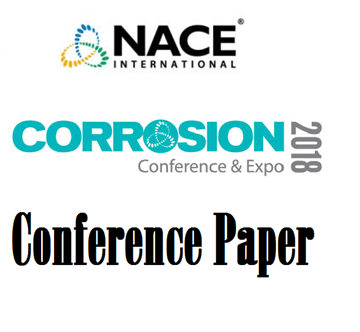Search
07041 STRAY CURRENT CONTROL BY A NEW APPROACH BASED ON TRUE POTENTIAL MONITORING
Also Purchased
98560 MEASUREMENTS OF OHMIC DROP FREE POTENTIAL IN THE PRESENCE OF STRAY CURRENT
Product Number:
51300-98560-SG
ISBN:
98560 1998 CP
$20.00
51318-10689-PIPELINE STRAY DIRECT CURRENT (DC) INTERFERENCE
Product Number:
51318-10689-SG
Publication Date:
2018
$20.00
51312-01694-AC and DC Stray Current Mitigation and Corrosion Control for a New Urban Pipeline
Product Number:
51312-01694-SG
ISBN:
01694 2012 CP
Publication Date:
2012
$20.00




